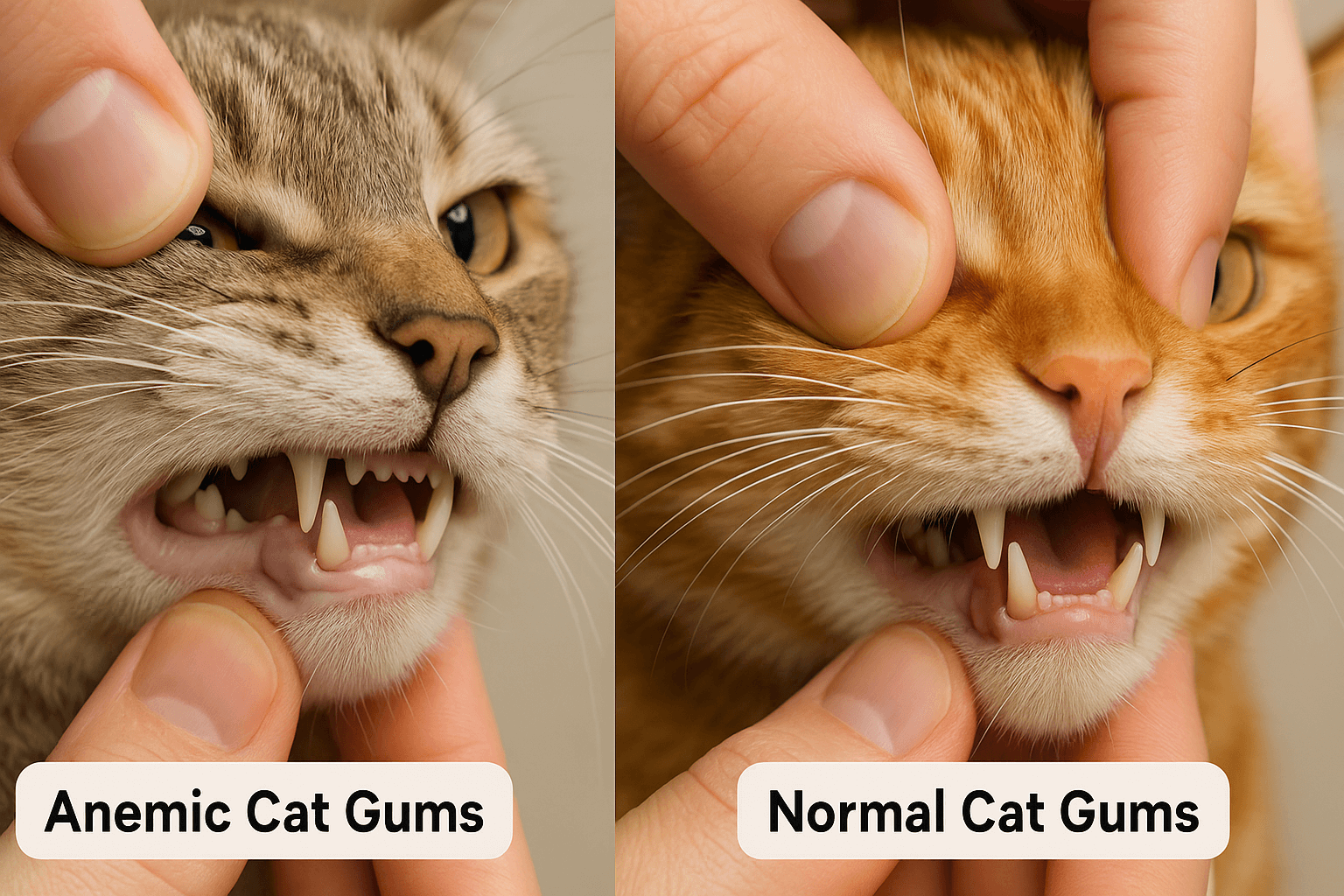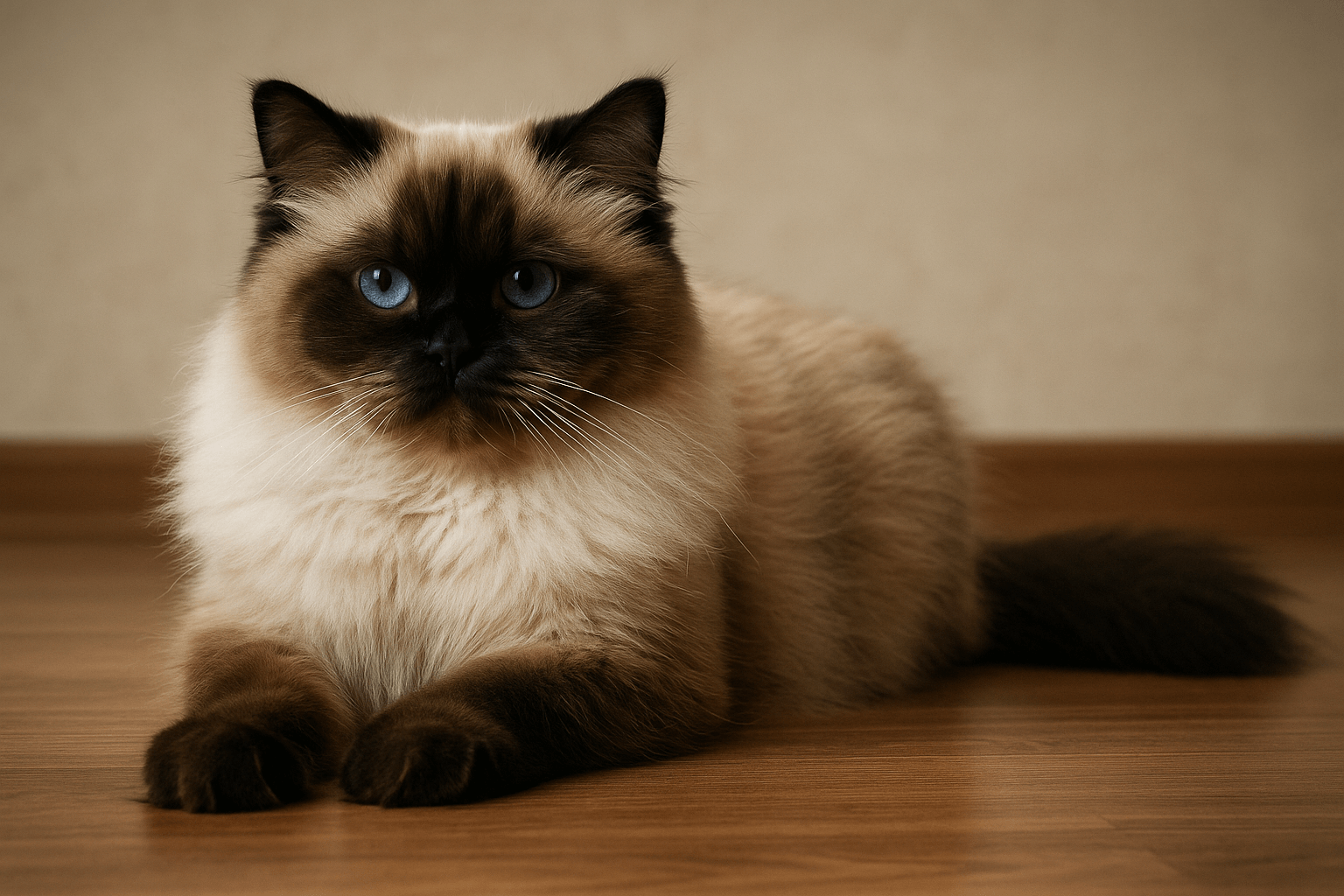Why Do Cats Scratch Posts? Unraveling the Mystery Behind This Feline Behavior
If you’ve ever owned a cat, you’ve likely noticed their fascination with scratching posts—or perhaps even your furniture. While it might seem like a random or destructive habit, scratching is actually an essential behavior for cats. But why do cats scratch posts? The reasons go far beyond simply sharpening their claws. Scratching serves multiple purposes, from marking territory to relieving stress and maintaining healthy paws. Understanding this natural instinct can help you provide the right environment for your feline friend and protect your belongings in the process.
In this blog post, we’ll explore the science behind why cats scratch, how to encourage appropriate scratching habits, and tips for choosing the best scratching posts. Let’s dive into the fascinating world of feline behavior!
Reasons Why Cats Scratch Posts
Cats scratch posts for a variety of reasons, each tied to their instincts and needs. Here are the most common motivations behind this behavior:
Marking Territory
Scratching leaves both visual marks and scent signals (via glands in their paws) to claim their space in your home.Stretching Muscles
Scratching allows cats to stretch their bodies, particularly their back and shoulder muscles, which feels great after a nap.Maintaining Claw Health
Scratching helps remove the outer layer of their claws, keeping them sharp and healthy.Relieving Stress
Scratching can serve as a way for cats to release pent-up energy or anxiety, providing emotional relief.Expressing Instincts
Even indoor cats retain their wild instincts, and scratching mimics behaviors they’d use in nature, such as climbing trees or defending themselves.
Understanding these reasons highlights the importance of providing appropriate scratching surfaces. By meeting their needs, you can redirect their behavior away from unwanted areas like furniture.
Types of Scratching Posts Cats Love
Not all scratching posts are created equal, and choosing the right one can make a big difference in encouraging your cat to use it. Here are some popular types of scratching posts that cats adore:
Vertical Posts
Tall, sturdy vertical posts allow cats to stretch fully while scratching, mimicking the feeling of climbing a tree.Horizontal Scratchers
Flat scratchers placed on the ground appeal to cats who prefer horizontal scratching motions.Sisal Material Posts
Posts wrapped in sisal rope or fabric are durable and provide excellent texture for claw maintenance.Cardboard Scratchers
Affordable and easy to replace, cardboard scratchers are lightweight and loved by many cats for their satisfying texture.Multi-Level Cat Trees
Cat trees with built-in scratching surfaces offer entertainment, climbing opportunities, and scratching all in one.
By offering a variety of options, you can cater to your cat’s preferences and ensure they have plenty of appealing choices for scratching.
Check this guide 👉Top 5 Ultimate Cat Scratching Posts for Pure Feline Joy!
Check this guide 👉Why Do Cat Scratches Itch? Best 7 Expert Tips!
Check this guide 👉Cat Scratch Fever: Best 7 Expert Tips!

Why Cats Scratch Posts | Best Scratching Post Features |
|---|---|
Marking territory | Tall, sturdy design for vertical scratching |
Stretching muscles | Horizontal scratchers for lounging cats |
Maintaining claw health | Durable sisal material for long-lasting use |
Relieving stress | Cardboard scratchers for affordability |
Expressing natural instincts | Multi-level cat trees for added enrichment |
Tips for Encouraging Your Cat to Use Scratching Posts
Redirecting your cat’s scratching behavior toward appropriate surfaces requires patience and consistency. Here are some tips to help you guide them effectively:
Place Posts Strategically
Position scratching posts near areas where your cat already likes to scratch, such as corners or furniture legs.Use Positive Reinforcement
Reward your cat with treats, praise, or playtime whenever they use the scratching post to reinforce the behavior.Make Furniture Less Appealing
Apply double-sided tape or citrus sprays to furniture to deter scratching, as cats dislike sticky or strong-smelling surfaces.Introduce Toys Near the Post
Attach toys or feathers to the post to make it more enticing and fun for your cat to explore.Be Patient and Consistent
It may take time for your cat to adjust, so remain consistent in redirecting them to the post and discouraging unwanted scratching.
With these strategies, you can train your cat to focus their scratching on designated surfaces, protecting your home and fulfilling their instincts.
Signs Your Cat Needs More Scratching Options
If your cat isn’t using their scratching posts or continues to scratch inappropriate items, it could indicate they need more variety or better placement. Here are signs to watch for:
Frequent Furniture Scratching
If your cat consistently targets furniture, they may need additional scratching surfaces nearby.Lack of Interest in Current Posts
A disused scratching post might be too short, unstable, or made of unappealing materials.Overgrown Claws
Long claws can signal that your cat isn’t getting enough opportunities to scratch and maintain their claws naturally.Increased Aggression or Anxiety
Scratching is a stress-relief mechanism; if your cat seems restless, they may need more outlets for their energy.Preference for Specific Textures
If your cat scratches rugs or carpets, consider adding horizontal scratchers with similar textures.
Addressing these signs ensures your cat has the resources they need to express their natural behaviors healthily and safely.
Common Misconceptions About Cat Scratching
Many pet owners misunderstand why cats scratch and how to address it, leading to frustration or ineffective solutions. Here are some common misconceptions and the truth behind them:
Myth: Cats scratch furniture out of spite.
Cats don’t scratch to upset you—they’re simply following their instincts to mark territory or stretch.Myth: Declawing is a harmless solution.
Declawing is a painful and invasive procedure that can lead to long-term physical and behavioral issues for your cat.Myth: One scratching post is enough for all cats.
Cats have individual preferences, so multiple posts with different materials and designs may be necessary.Myth: Indoor cats don’t need scratching posts.
Even indoor cats retain their natural instincts and require appropriate outlets for scratching.Myth: Older cats stop scratching as much as kittens.
While older cats may scratch less frequently, they still need scratching posts to maintain claw health and relieve stress.
By dispelling these myths, we can better understand and meet our cats’ needs in a humane and effective way.
Fun Facts About Cat Claws and Scratching Behavior
Cat claws and scratching habits are fascinating aspects of feline biology. Here are some fun facts that highlight the science and uniqueness of this behavior:
Cats Have Retractable Claws
Unlike dogs, cats can retract their claws when not in use, keeping them sharp for hunting or climbing.Scratching Releases Endorphins
The act of scratching stimulates the release of feel-good hormones, helping cats relax and de-stress.Claws Grow Continuously
Regular scratching helps shed the outer layer of their claws, preventing overgrowth and discomfort.Cats Scratch to Communicate
The visible marks and scent left behind during scratching send messages to other cats about their presence.Scratching Posts Mimic Trees
In the wild, cats scratch trees to mark territory and sharpen claws—a behavior replicated with scratching posts indoors.
These facts underscore the importance of scratching in a cat’s life and explain why providing appropriate surfaces is crucial for their happiness.
Tips for Choosing the Perfect Scratching Post
Selecting the right scratching post can make all the difference in encouraging your cat to use it. Here are some tips to help you find the perfect match for your feline friend:
Consider Your Cat’s Size
Choose a post tall enough for your cat to stretch fully while scratching, especially if they’re large or long-bodied.Match Their Texture Preference
Some cats prefer sisal, while others like cardboard or carpet—experiment to see what they enjoy most.Ensure Stability
A wobbly or lightweight post may deter your cat, so opt for sturdy bases or wall-mounted options.Place It in High-Traffic Areas
Position the post where your cat spends the most time, such as near their bed or favorite lounging spot.Rotate and Replace Regularly
Over time, scratching posts wear out—rotating or replacing them keeps your cat engaged and prevents boredom.
By tailoring your choices to your cat’s preferences and habits, you can create an inviting environment that satisfies their scratching instincts. A well-chosen post will become a beloved part of their daily routine.
Frequently Asked Questions About Why Cats Scratch Posts
Why does my cat scratch furniture instead of their post?
Your cat may find the furniture more appealing due to texture, location, or lack of alternatives.
How many scratching posts should I have?
Aim for at least one post per room where your cat spends time, especially near their favorite spots.
Can I trim my cat’s claws to stop scratching?
Trimming claws can reduce damage but won’t eliminate the instinct to scratch—it’s still important to provide scratching posts.
What if my cat ignores their scratching post?
Try different materials, shapes, or locations to find what appeals to your cat.
Is scratching a sign of aggression?
Not usually—scratching is a natural behavior, though excessive scratching might indicate stress or boredom.
Supporting Your Cat’s Natural Instincts Through Scratching
Scratching is an innate and essential behavior for cats, serving purposes that go far beyond mere claw maintenance. By understanding why cats scratch posts and providing them with suitable options, you can create a harmonious environment that satisfies their instincts while protecting your home. Offering a variety of scratching surfaces, placing them strategically, and reinforcing positive behavior are key steps in fostering a happy and healthy relationship with your feline companion. Remember, scratching isn’t just a habit—it’s a vital part of your cat’s well-being. With patience and creativity, you can embrace this natural behavior and strengthen the bond you share with your furry friend. After all, a happy cat makes for a happy home!
Giardia in Cats: Best 7 Expert Tips! Discover expert advice on identifying, treating, and preventing giardia in cats to ensure your feline stays happy and healthy.
Cat Hyperventilating: Best 7 Expert Tips! Discover signs, causes, and solutions for cat hyperventilation. Learn how to calm your cat and when to seek veterinary care for their breathing issues.
Anemic Cat Gums vs Normal: Best 7 Expert Tips! Learn to spot signs of anemia in cats, understand gum health, and ensure your feline stays happy and healthy with expert advice.
Himalayan Cat Size: Best 7 Expert Tips! Discover expert advice on Himalayan cat size, growth factors, care tips, and how to ensure your feline stays healthy and happy.





